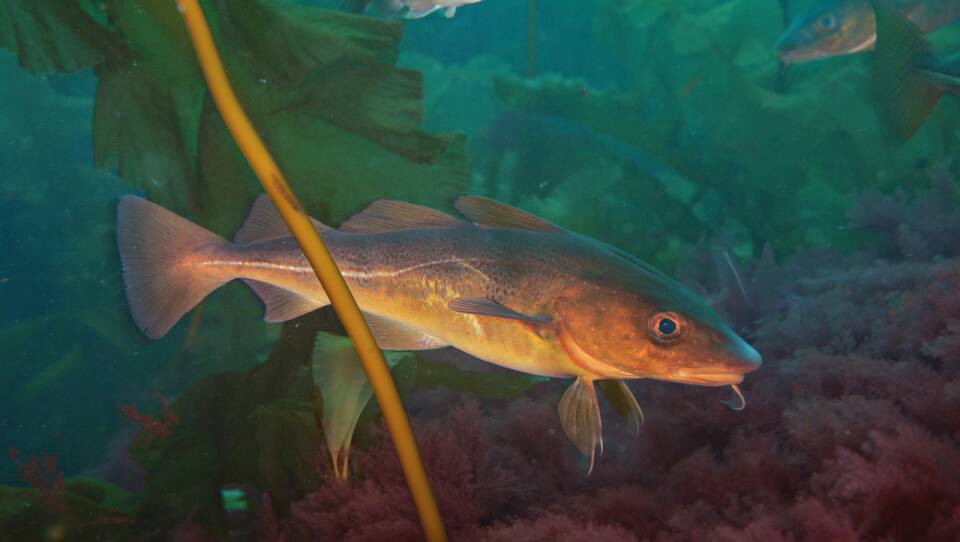A rare underwater mountain range 80 miles off the coast of Cape Ann – home to the region’s largest kelp forest – may become a protected national marine sanctuary, joining just 16 other sanctuaries in the U.S.
The Conservation Law Foundation, based in Boston, submitted a nomination to the National Oceanic and Atmospheric Administration (NOAA) today to designate Cashes Ledge as a sanctuary.
National marine sanctuaries are permanently protectedfrom fishing, shipping and ocean dumping and offer a haven for marine life and an undisturbed ecological site for scientific research.
The nomination triggers a yearslong review process that could lead to the 766-square mile site being formally designated.
“The kelp forest harbors this treasure trove of marine life plants and animals … and a tremendous amount of biodiversity,” CLF’s senior scientist Gareth Lawson said, describing the area to be protected.
Research shows the Gulf of Maine warming faster than 97 percent of the global ocean, and scientists backing the effort to protect the habitat and marine life at Cashes Ledge say the need for conservation here is urgent.
“There’s no other marine ecosystem like it,” Jon Witman, a biologist at Brown University told GBH News. “Our research showed that it’s a productivity hotspot and a biodiversity hotspot.”
Large and abundant schools of codfish and pollock along with endangered North Atlantic Right Whales, sharks, dolphins, tuna and seabirds live and move through the area, according to researchers.
Witman, who first started diving at Cashes Ledge as a student in 1976, said such diverse ecosystems are best able to withstand the impacts of climate change and warming ocean temperatures.
The area is currently under fishing restrictions set by the New England Fisheries Management Council but the conservation foundation said those limits are always subject to change and leave this habitat vulnerable.
Winning a designation from NOAA can take years as the agency vets the nomination and then invites other experts and stakeholders to scrutinize the merits of creating a sanctuary.
There are just six other marine sanctuaries in the Atlantic Ocean from the Florida Keys to Stellwagen Bank, which lies 25 miles east of Boston and was designated by NOAA in 1992.
Ben Martens, executive director of the Maine Coast Fishermen’s Association in Portland, said current regulations already closely monitor Cashes Ledge for any ground-fishing violations there.
He hopes that the NOAA process will invite all stakeholders — including fishermen and aquaculture and wind farm representatives —to talk about the implications of creating a national sanctuary.
“There needs to be community involvement when you talk how we use the oceans,” he said.




